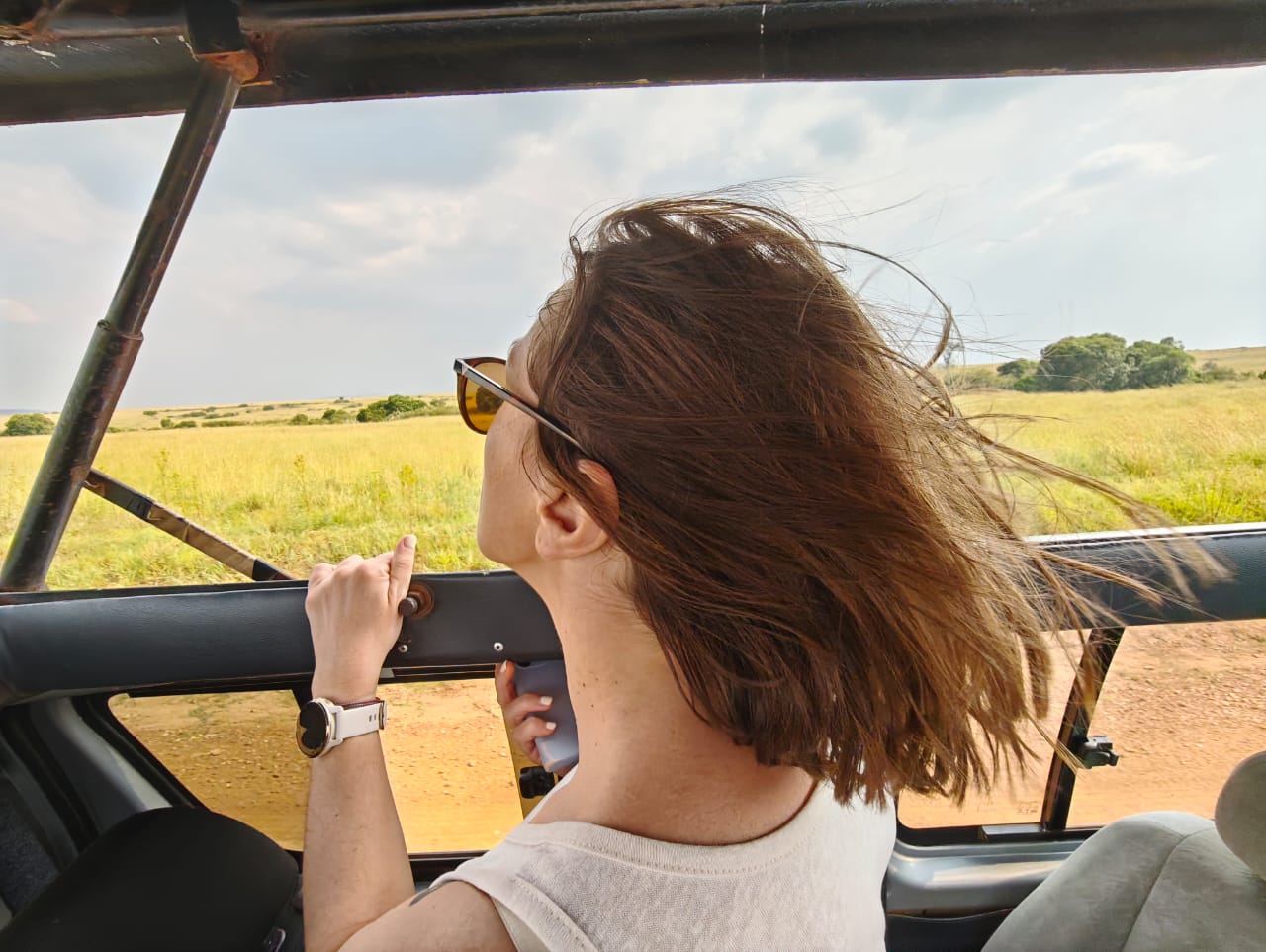I recently returned from Kenya with experiences that have truly reshaped my view on life and… sales. I am not a sales person, and Gary from sales may disagree with me (as a known B2B expert likes to joke about), however, I was impressed by the sales strategies led by the Maasai people in their efforts to sell their goods to me. I can’t help but think their approach becomes more and more important in this AI era (read till the end).
Let me take you on a journey through my trip, where I witnessed two contrasting approaches among Maasai vendors that hold valuable lessons for me, and why not, our industry.
The Journey
Our adventure began as we drove from Nairobi toward Maasai Mara, the stunning national park and land of the famous Maasai tribe.
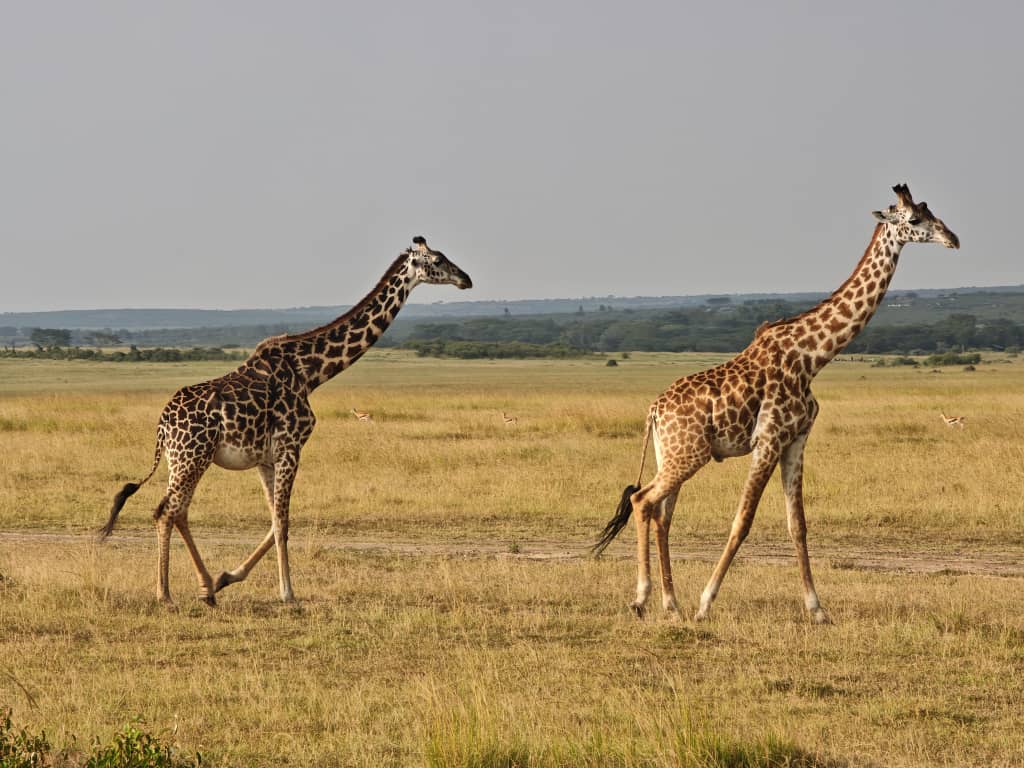
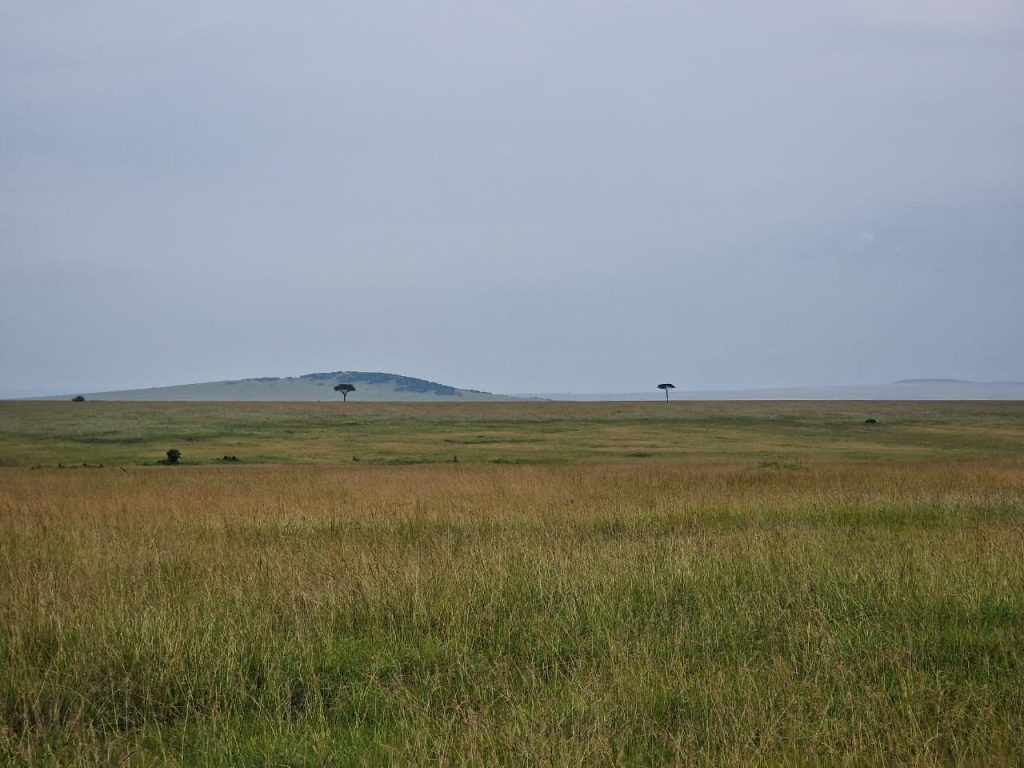
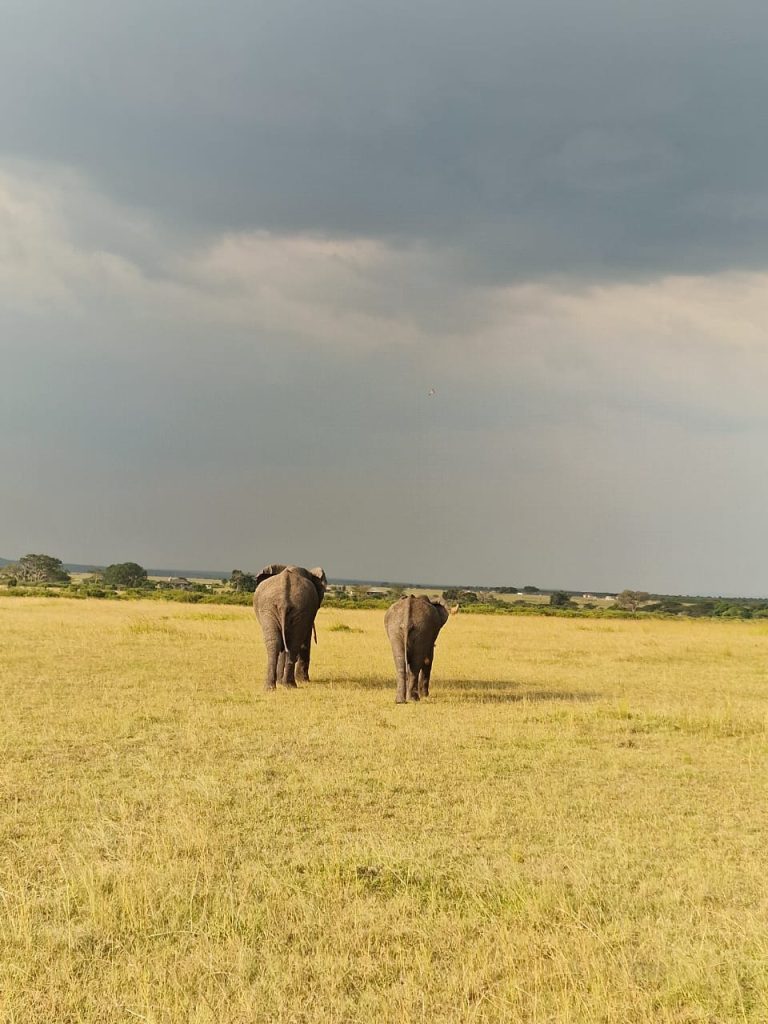
Our driver, John, along the way stopped at several roadside shops, allowing us to use the restroom. Nice and organized, I thought, as it was a long 5-hour drive. The restroom was conveniently located at the far back of the souvenir shop. You had to walk through all these beautiful wooden art crafts, handmade jewelry, fabrics, and traditional paintings or wooden masks. It was kind of impossible not to pay attention. On the way back from the restroom, you naturally found yourself asking about the prices of these items, and before you knew it, you came out on the street with a little bag full of souvenirs. Now, how did that happen?
In these stops, the Maasai sellers—or, better crafted negotiations—were pretty soft. They said hello, introduced themselves, showed you the way to the bathroom, and waited for you to make the first question. I, personally, wasn’t in a rush. My armor was off (I was there for the bathroom), I was in control. I was relaxed and chatted with the vendors. They weren’t really selling to me; they were more focused on introducing themselves with their name, creating a conversation, and laughing. Well, I not only bought souvenirs, but also, by not knowing the market prices, I took the first discount I got and left happy about the warmth and the smiles of the people.
Maasai Mara: The High-Pressure Zone
As we neared the entrance to Maasai Mara National Park, the environment shifted dramatically. We found ourselves in the thick of Maasai Mara, where the local vendors were all in. Their approach was high-pressure and unapologetically aggressive. Dressed in their traditional attire, they displayed their goods with urgency: “Last piece! Only here today!” Their aim was clear: close the deal quickly, and in their minds, they had a captive audience. We had chosen Maasai Mara over other parks, and it was clear they knew we were there for the experience.
Our driver, ever so smart and subtle, stopped right there to open the rooftop for us, allowing the sellers to approach the car. He also gave us a fair warning: “If you’re not interested, keep the windows up.” Well, one lady wasn’t having any of that. She pushed the window open and stuck her arm inside, offering a handful of beautiful necklaces. Let me tell you, when you’re at the source of the product, be prepared for aggressive selling. It’s what you’d expect, right? Just like at those niche industry conferences where everyone’s trying to grab your attention, or you arrive having all of your meetings already booked a week before the event starts.
The Turning Point: Retail Market Price
Once we arrived at the hotel in Maasai Mara, I had a chance to check out their shop. The price list here was clearly established, with no pressure at all. Think luxury, no urgency, just products. Armed with this new knowledge, I found I could negotiate much more confidently when revisiting the roadside shops on the way back to Nairobi. It’s expected that knowing the going rates can change everything, but for souvenirs, I had never used that in the past. Of course, the more I engaged, the more comfortable I became with the process, and eventually, I struck better deals. Need to remind though, everyone negotiates differently: Kenyans from Maasai Mara, Vietnamese, Chinese, Greeks—know your market and seller to reap the most benefits. Going to low to early, ended up in rejection by the way, even by a Maasai seller 😀
From Maasai Mara to Diani Beach: Maasai everywhere
Now, fast forward to Diani Beach. We were far from the hustle of Maasai Mara, on a paradisiacal beach with white sand, incredible water color, people doing kitesurfing, retired Americans and Europeans strolling on the beach, and couples enjoying their honeymoon. And yet, here they were again, the Maasai sellers!
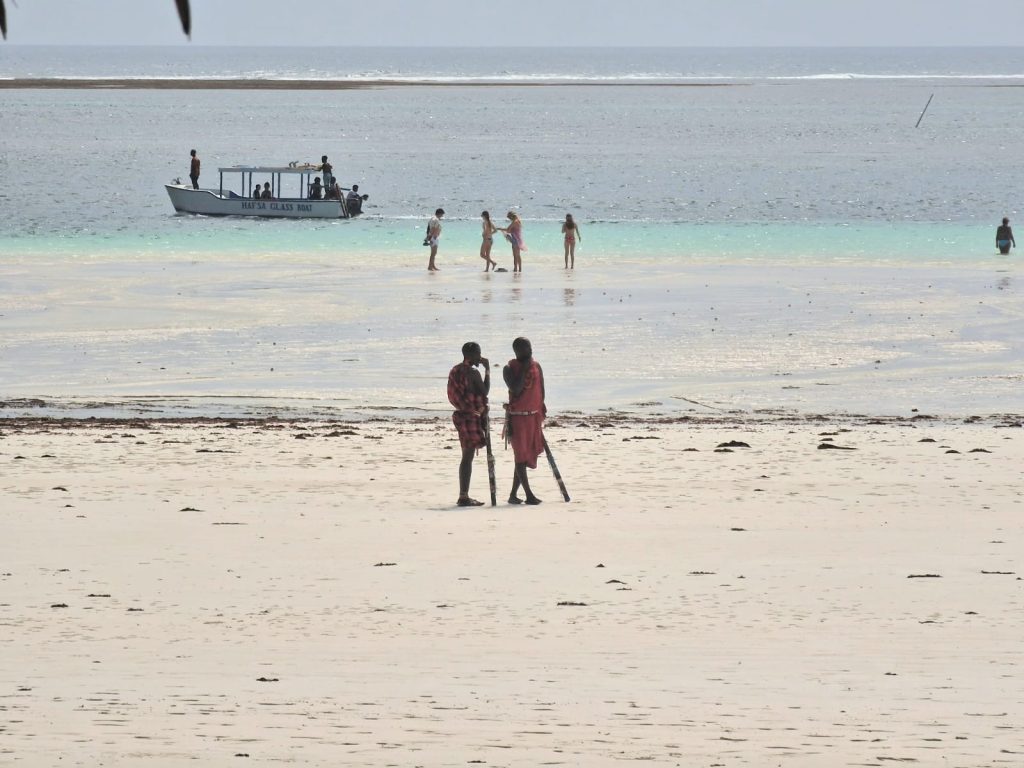
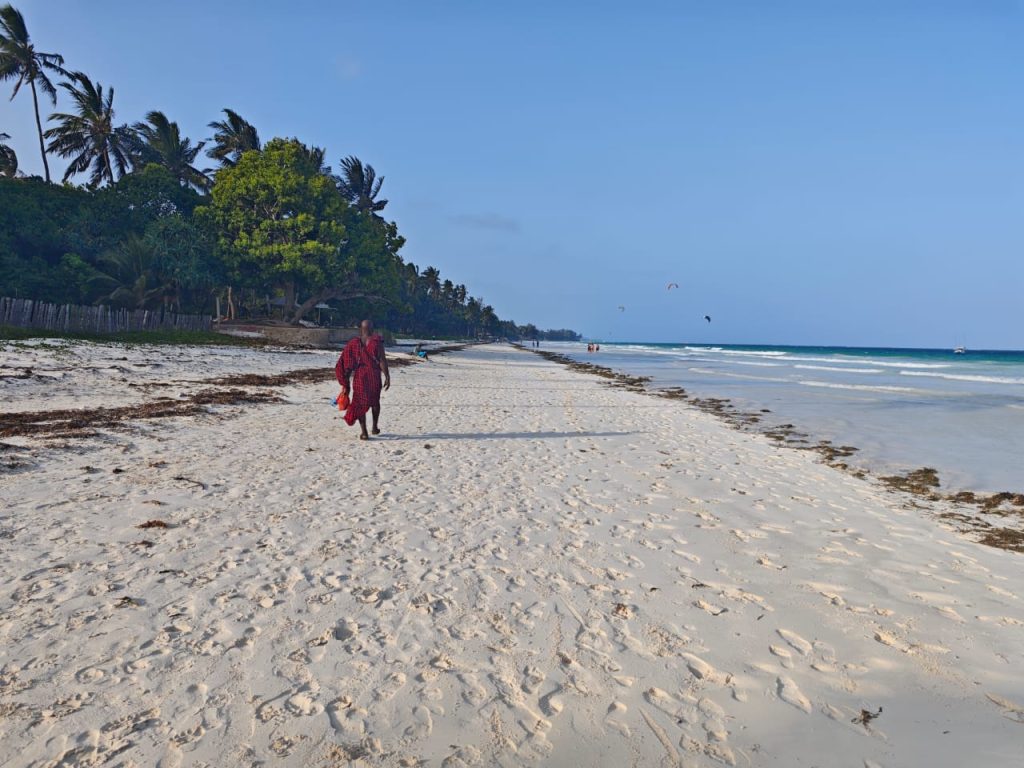
At first, I was puzzled. What were Maasai vendors doing so far from their home? I learned that these vendors were from Amboseli Park (allegedly), and every year, they traveled to the beach for a few months to sell their stuff. They worked, earned money, then returned home to their families and livestock. Wearing Maasai outfits was also a way to catch the attention of tourists whose primary destination was Kenya for the beach and warm weather.
Unlike the aggressive sales tactics in Maasai Mara, these Maasai vendors took a much more relaxed, relationship-driven approach. They weren’t just selling; they were engaging. They walked alongside us every day, introduced themselves, and spent several days gradually chatting, walking, and building rapport. They did not even mention their products in the first 15 minutes of conversation! That’s quite crazy.
One day, I casually mentioned that I didn’t have cash at the moment but would be ready to buy later. Their response was refreshing: no hard pitch, no aggressive tactics, just understanding. They asked us when we arrived, when we were leaving, and they were making a plan, not just a conversation.
When we were ready to buy, we knew from who we would buy and what. We knew Peter, Jacob, and William, and we had already rejected a bunch of others because of their attitude. Did we negotiate? Of course. Did we drop the price by 50%? Of course! Was it the maximum discount we could get? Of course not. But the bargaining was a game of two, and we left both sides winning. They also gave us small gifts, shared their stories, and we even exchanged WhatsApp numbers so we could stay in touch and exchange pictures and our different lives. There was no “bullshit,” no high-pressure, just a natural connection over time and bargaining that was smart but not greedy.
Key Learnings
- Tailor Your Sales Approach to the Environment: In Maasai Mara, the high-pressure tactics were suited to the high-stakes environment, where quick decisions and closings were crucial. On the other hand, at Diani Beach, a more relaxed, relationship-driven approach worked better. For our industry, this means adapting to the market. In established, competitive areas, a direct approach might be necessary. But in emerging markets or with long-term clients, building a relationship first, offering value, and being more generous can lead to more success down the line.
- Understanding Your Client’s Needs and Environment: Just as the Maasai vendors changed their tactics based on location, we must adapt to the cultural and business environments of our clients. Smaller clients in a highly competitive space might value urgency and hard facts, while large clients with options and budget, as well as clients in emerging markets, may prefer more consultative, relationship-based approaches. Always assess your client’s environment before choosing your sales strategy. Also, choose your channel of communication accordingly.
- Know Your Product and Your Value Proposition: When I visited the Maasai Mara hotel shop, the price list was clear and straightforward, helping me make informed decisions. Similarly, in our industry, understanding the value of our product, knowing the market, and having clear, transparent pricing can give you the confidence to negotiate better deals. Knowledge is power, and it builds trust with clients. As a seller, I should know more than my customer, so note to myself: always be prepared, research the way my customer would research, have an answer, and provide more value or value in more ways than my competition.
- The Power of Relationship-Building: The Maasai vendors at Diani Beach taught me a valuable lesson in relationship-building. Through genuine conversations, they established trust, and the sale was a natural result. In our B2B world, cultivating relationships with customers is paramount. And I do not mean the standard events, dinners, or lunches. People will do business with people they genuinely like, find interesting, or respect for their character and expertise. And they want to feel respected. When clients feel they are valued beyond just the transaction, they will buy and become long-term partners.
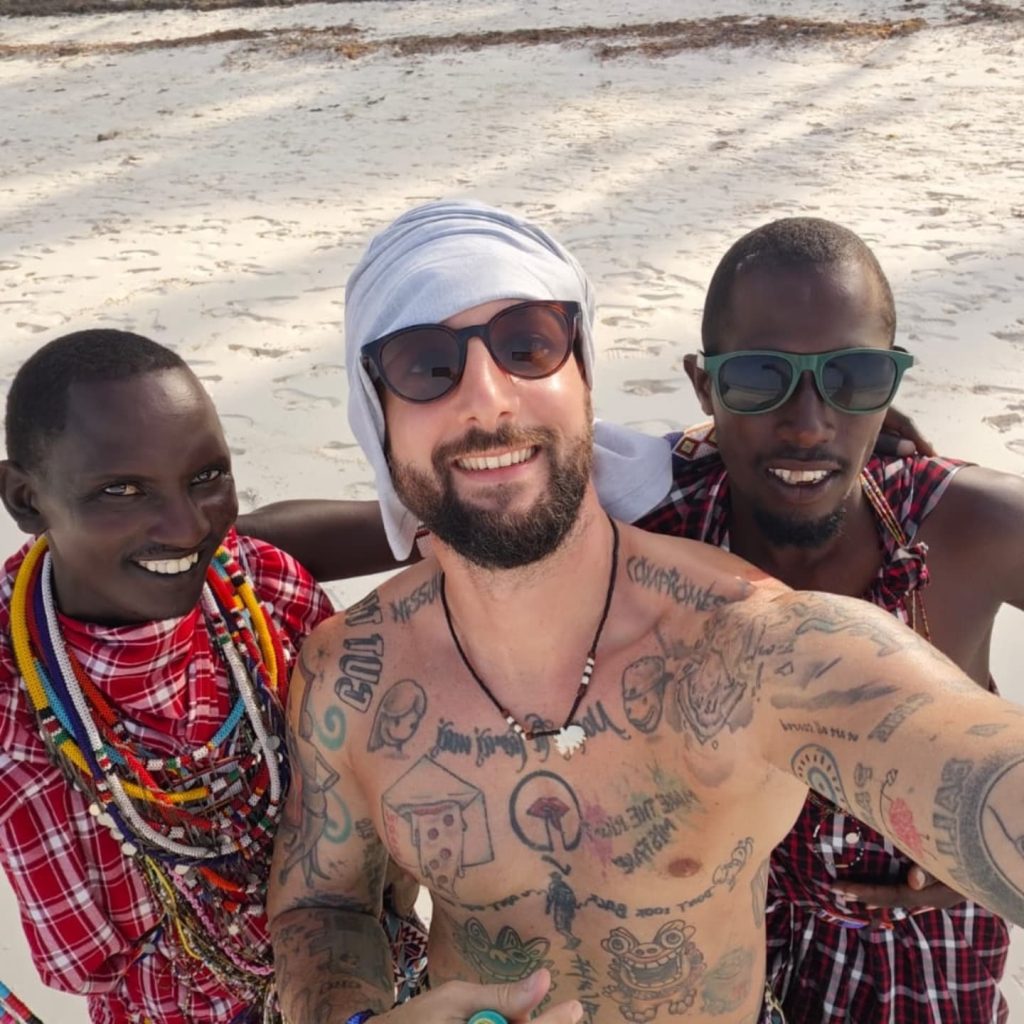
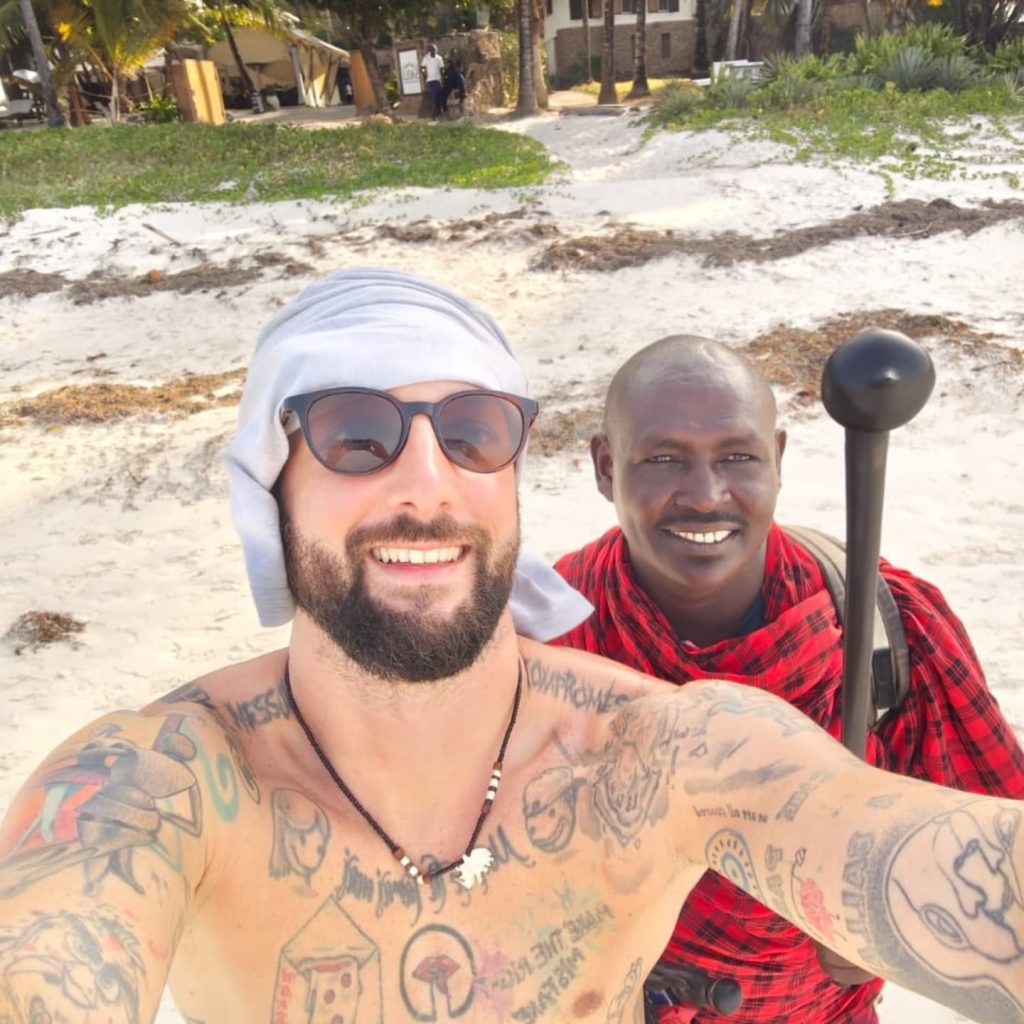
Summary: Selling with Purpose (in the AI Era)
In conclusion, my trip to Kenya taught me that sales is about understanding the environment, adapting to the needs of your customers, and building genuine relationships. Whether you’re in the domain registration industry or another B2B or B2C space, the key is to offer tailored value and build trust over time.
As we move deeper into an AI-driven world, it’s important to recognize that AI is automating much of the transactional and operational side of sales. AI can streamline processes, optimize pricing, and predict customer behavior with impressive precision. It has already made content on platforms like LinkedIn look strikingly similar, with only a few individuals standing out due to their personality and unique conversations.
This shift has made human connection more valuable than ever, which is why podcasts have gained such popularity offering human interaction that can’t be replaced by automation. Well, Google’s NotebookLM is on that path, but humans crave smart, thoughtful interactions from real people (Love Lenny’s podcasts)!
AI can assist sellers by brainstorming ideas, suggesting potential solutions, reaching out to prospects, and providing data-driven insights. However, it’s our creativity, personality, and emotional intelligence that will truly set us apart. How much time do we invest in nurturing these qualities, in thinking independently, and in creating a unique self away from the blunt influence of automation?
In a world where much of the process is automated, it’s our unique human qualities that will help us stand out and succeed. Oh, and just to be clear: no AI was involved in my experience in Kenya (though, much of it was employed in planning and writing this piece of content! 🙂
